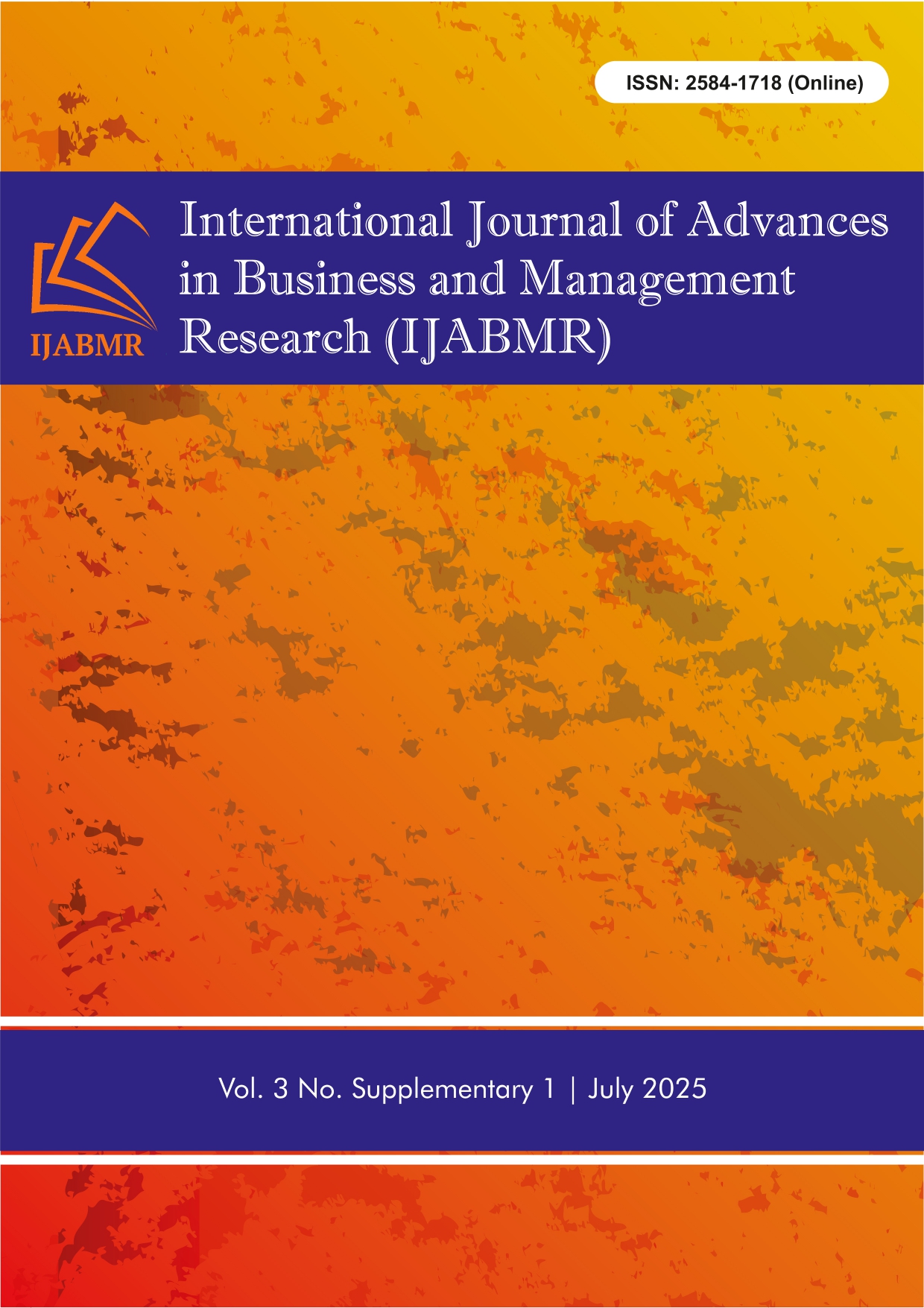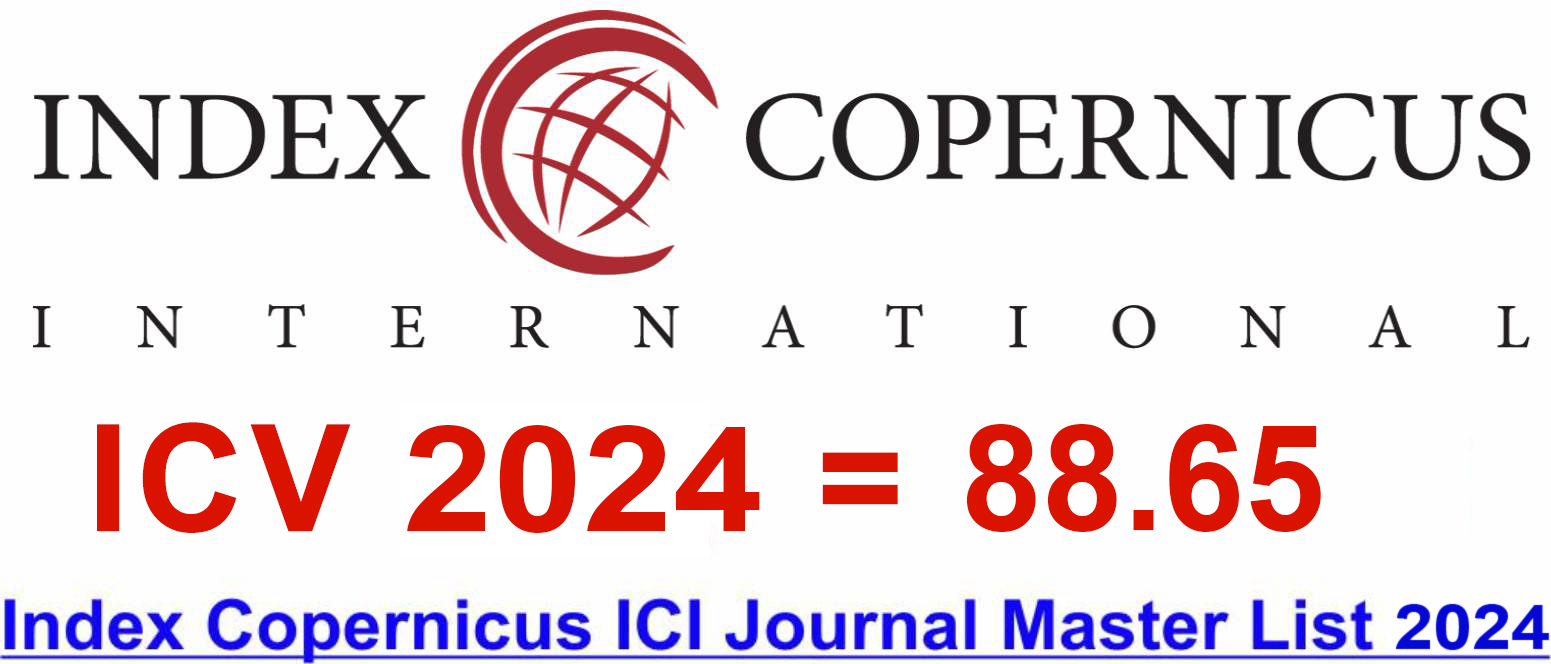Abstract
This study looks closely at how loans were given out under the Pradhan Mantri Mudra Yojana (PMMY) from 2019–20 to 2023–24, divided into three types of loans—Shishu, Kishor, and Tarun—and four social groups—General, SC, ST, and OBC. The outcomes reveal that Kishor loans regularly garnered the largest disbursements, underscoring a shift of micro-enterprises towards mid-level stability and expansion. Beneficiaries from the general category consistently outnumbered those from OBCs, SCs, and STs in loan receipts overall years. The COVID-19 pandemic caused a temporary decline in 2020–21, but a vigorous rebound ensued, showcasing the resilience of the policy. The research reveals significant variance in disbursement amounts among different socioeconomic groups and types of loans, with the General category showing the highest standard deviation. The research stresses the need for inclusive credit policy, specifically targeted at marginalised SC/ST groups via organised financial literacy and outreach initiatives.
References
- Vashishtha S, Sharma S. Pradhan Mantri Mudra Yojana: Evaluating performance and impact through annual report analysis. BSSS J Commer. 2024 Jun;16(1):109–117. http://dx.doi.org/10.51767/joc1608
- Khan H, Husain F, Mazhar SS. Exploring the preferences of female entrepreneurs for Mudra Yojana: A statistical analysis. International Research Journal of Multidisciplinary Scope. 2024; 5(2): 754–761. https://doi.org/10.47857/irjms.2024.v05i02.0634
- Sarathi VG, Sudha K. Literature review on socio-economic impact on women entrepreneurs under PMFME scheme in Belgaum Administrative Region, Karnataka. Asian Journal of Management and Commerce. 2024;5(1):23–31. https://doi.org/10.22271/27084515.2024.v5.i1a.234
- Kumar S. Empowering India's micro-entrepreneurs: An analytical overview of the highlights of the MUDRA scheme. SHODH SAGAR®: Universal Research Reports. 2023;10(4):374–381. https://doi.org/10.36676/urr.v10.i4.1351
- Remyakrishnan R. Capital financing and re-vitalization of micro entrepreneurship: A performance appraisal of Pradhan Mantri Mudra Yojana (PMMY). International Journal of Social Science and Economic Research. 2023;8(12):3740–3753. https://doi.org/10.46609/IJSSER.2023.v08i12.001
- Kongjue Z, Yuxiang Z. Ethical leadership and corporate social responsibility: a comprehensive review. International Journal of Advances in Business and Management Research (IJABMR). 2024 Mar 12;1(3):1-7. https://doi.org/10.62674/ijabmr.2024.v1i03.001
- Bharti U, Verma M. Pradhan Mantri Mudra Yojana: Transforming India by ‘Funding the unfunded’. Journal of Business Management and Information Systems. 2023;10(1):31-6. https://doi.org/10.48001/jbmis.2023.1001007
- Thakkar R, Mehta OP. Women entrepreneurship. In: Futuristic Trends in Management. Vol 2, Book 8. November 2023. p. 235–254. http://dx.doi.org/10.58532/V2BS8P2CH8
- Xuelei Z, Bhaumik A. Development of Strategic, Transformative Innovation Strategies and Network in Chinese Manufacturing Small and Medium Sized Enterprise. International Journal of Advances in Business and Management Research (IJABMR). 2024 Sep 12;2(1):17-25. https://doi.org/10.62674/ijabmr.2024.v2i01.003
- Niyonsaba B, Adenikinju A, Ntoiti M. Rotating and Accumulating Savings and Credit Associations as Effective Tool for Enhancing the Women Entrepreneurship. A Theoretical Review. European Scientific Journal, ESJ. 2022;18(22):141-58. https://doi.org/10.19044/esj.2022.v18n22p141
- Mahesh KM, Aithal PS, Sharma KR. Role of MUDRA in Promoting SMEs/MSE, MSMEs, and allied Agriculture Sector in the rural and urban area-To Achieve 5 Trillion Economy. Social Sciences (IJMTS). 2022;7(1):373-89. https://doi.org/10.5281/zenodo.6556154
- Kaur S, Kaur P. MUDRA Yojana in India: An in-depth analysis of its performance. International Journal of Financial Management and Economics. 2019; 2(1): 94–105. http://dx.doi.org/10.33545/26179210.2019.v2.i1.217
- MUDRA. Year-wise disbursement of PMMY loans across social categories and loan types (2019–2024) [Internet]. Mumbai: Micro Units Development & Refinance Agency Ltd.; [cited 2024 Jun 14]. Retrieved from: https://www.mudra.org.in/















